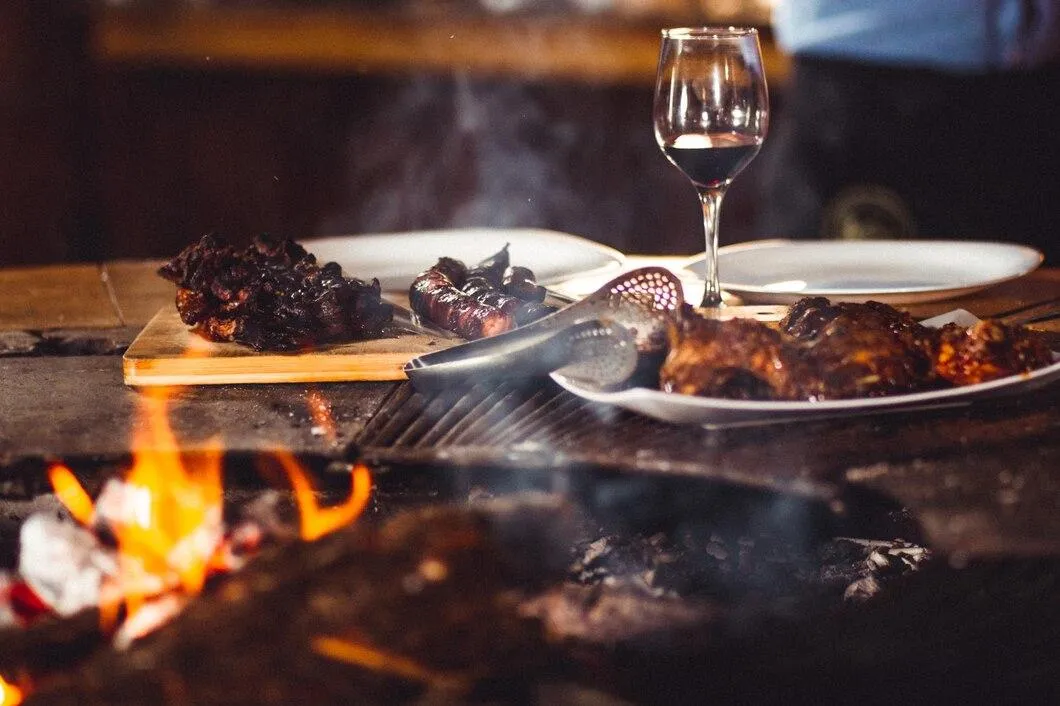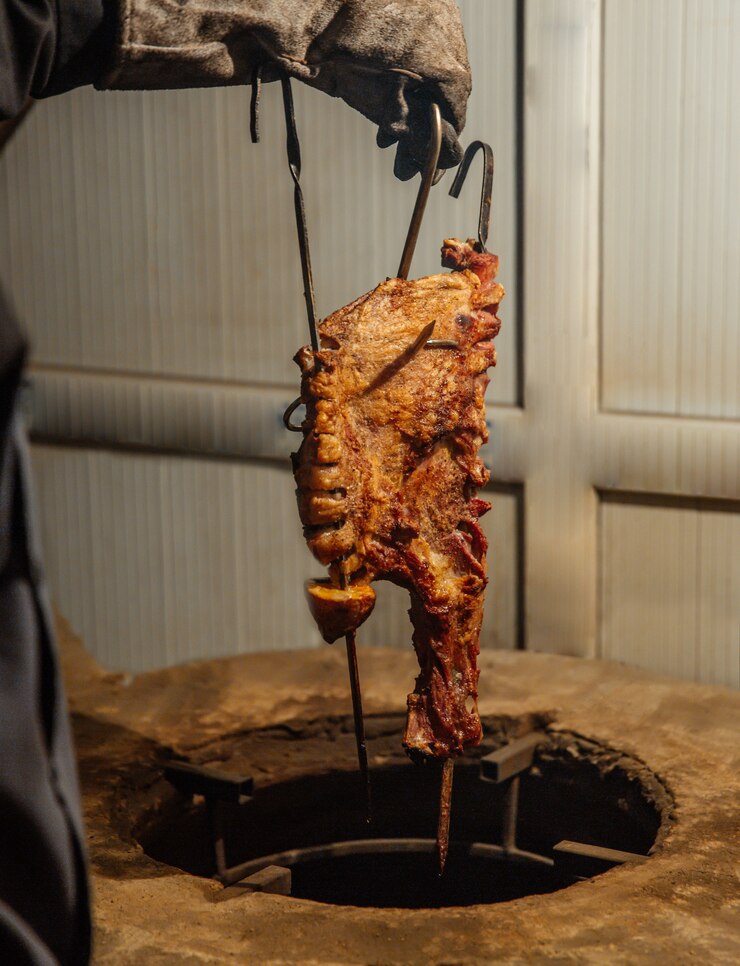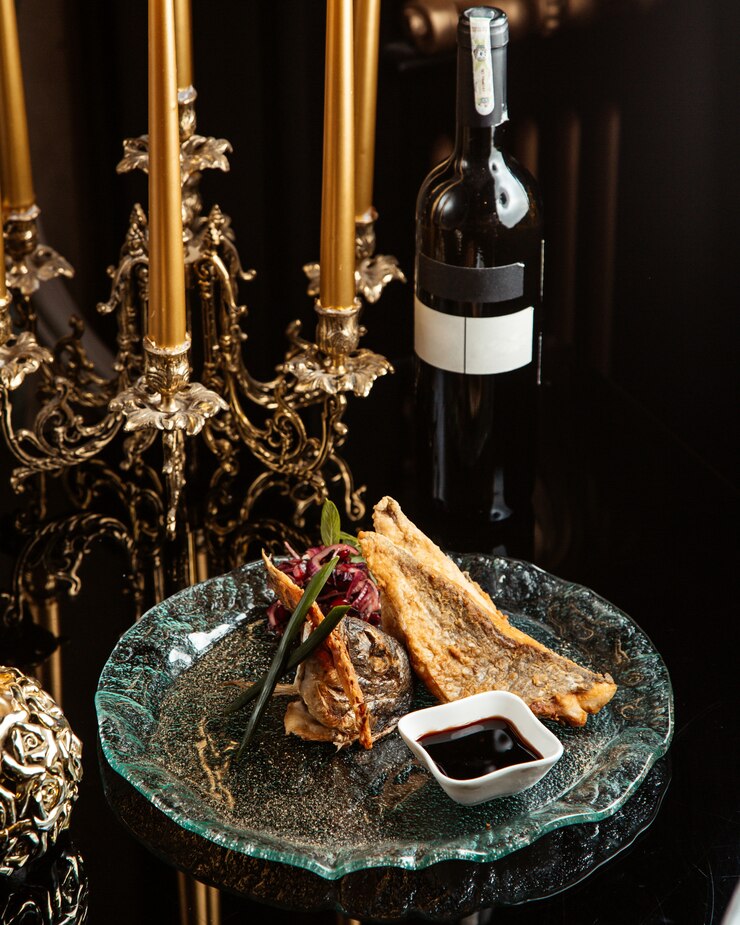
The History of the Steakhouse: From Ranches to Fine Dining
Steakhouses have long been a staple of dining culture, offering perfectly cooked cuts of meat paired with classic sides and beverages. But the story of the steakhouse goes far beyond its menu. From its origins in rugged ranches and early American chophouses to the luxurious fine dining establishments we know today, the steakhouse has evolved into a beloved symbol of hospitality and indulgence. In this blog, we’ll take a journey through the history of the steakhouse, exploring how it became a culinary icon.
1. The Origins of Steakhouses on Ranches

The roots of the steakhouse can be traced back to the 19th century on American ranches. Cattle ranchers in the Midwest and Texas were the first to popularize the idea of cooking large cuts of beef over open flames. These early meals were practical and hearty, providing sustenance for hardworking ranchers after long days tending to livestock. The abundance of cattle in these regions meant that beef was readily available and became a central part of the local diet. This tradition of grilling meat outdoors laid the foundation for what we now recognize as steakhouse culture.
2. The Birth of the Chophouse
In the 17th and 18th centuries, chophouses emerged in England, serving as casual establishments where patrons could enjoy hearty meals of grilled meats. These early chophouses focused on simplicity, offering dishes like mutton, pork, and beef alongside ale or wine. When immigrants brought this concept to America in the 19th century, it evolved into a distinctly American experience. Chophouses became popular in cities like New York and Chicago, where they catered to working-class men seeking affordable and satisfying meals. Over time, the focus shifted to beef, cementing its place as the star of the menu.
3. The Rise of the American Steakhouse
By the late 19th and early 20th centuries, the steakhouse had become a uniquely American phenomenon. With the rise of railroads, cattle ranchers could transport high-quality beef to urban areas, making it accessible to a wider audience. Cities like Chicago became hubs for steakhouse culture, thanks to their proximity to major meatpacking centers. Steakhouses began to elevate their offerings, emphasizing prime cuts of beef such as ribeye, filet mignon, and porterhouse. These establishments also introduced luxurious touches, such as elegant table settings and attentive service, appealing to a more affluent clientele.
4. The Golden Age of Steakhouses

The mid-20th century marked the golden age of steakhouses, as they became synonymous with luxury and celebration. Restaurants like Peter Luger in New York and Lawry’s in Los Angeles gained legendary status for their commitment to quality and tradition. During this era, the steakhouse menu expanded to include classic sides like creamed spinach, mashed potatoes, and wedge salads. The ambiance also became a defining feature, with dark wood paneling, leather booths, and dim lighting creating an atmosphere of sophistication. Steakhouses were no longer just places to eat—they were destinations for memorable dining experiences.
5. The Evolution of Fine Dining Steakhouses
In the 21st century, the steakhouse has continued to evolve, blending tradition with modern innovation. Fine dining steakhouses now offer a range of premium options, including dry-aged beef, Wagyu, and grass-fed cuts sourced from around the world. Chefs have introduced contemporary cooking techniques like sous-vide and wood-fire grilling to enhance flavor and tenderness. Additionally, the wine and cocktail programs at modern steakhouses have become just as important as the food, offering expertly paired beverages to complement each dish. These innovations have allowed steakhouses to remain relevant in a competitive dining landscape.